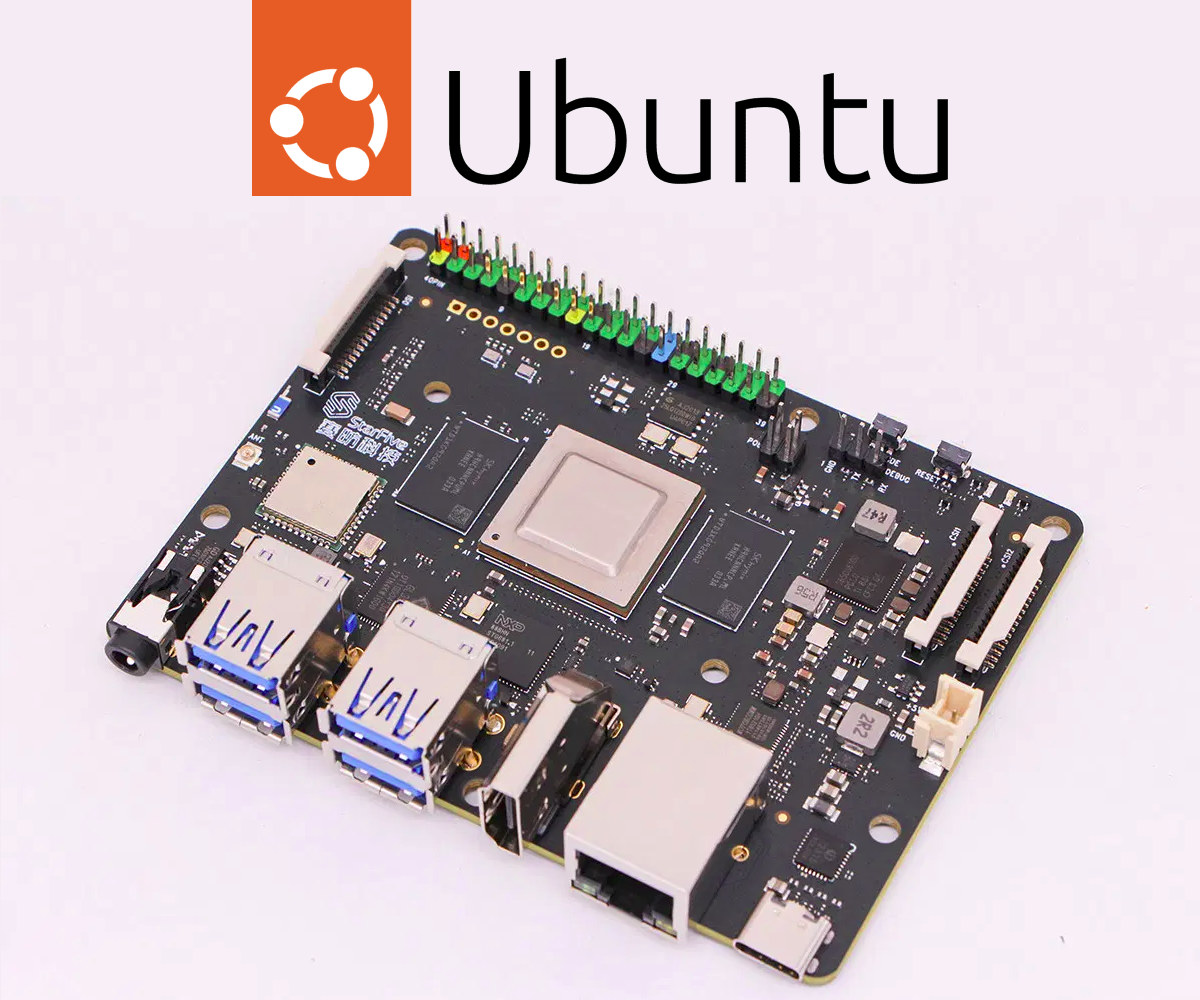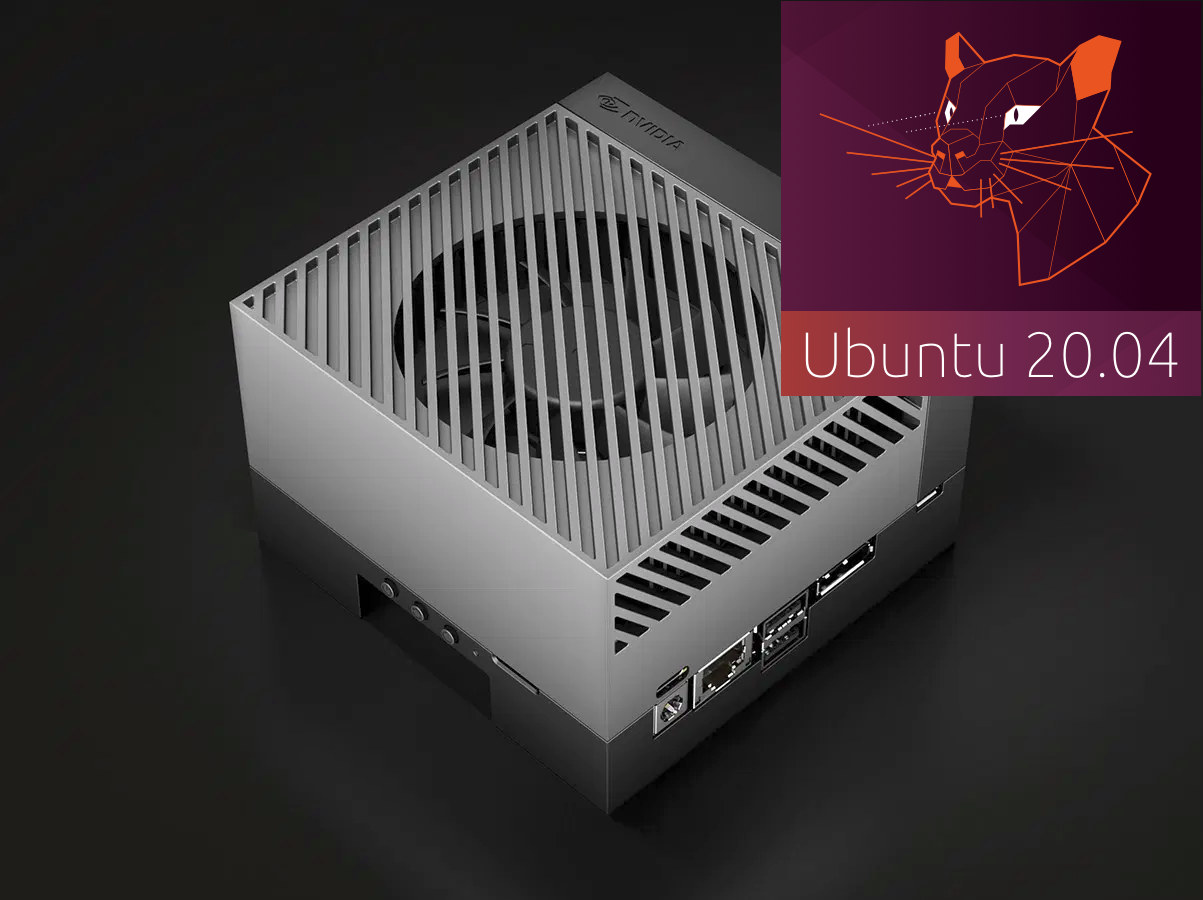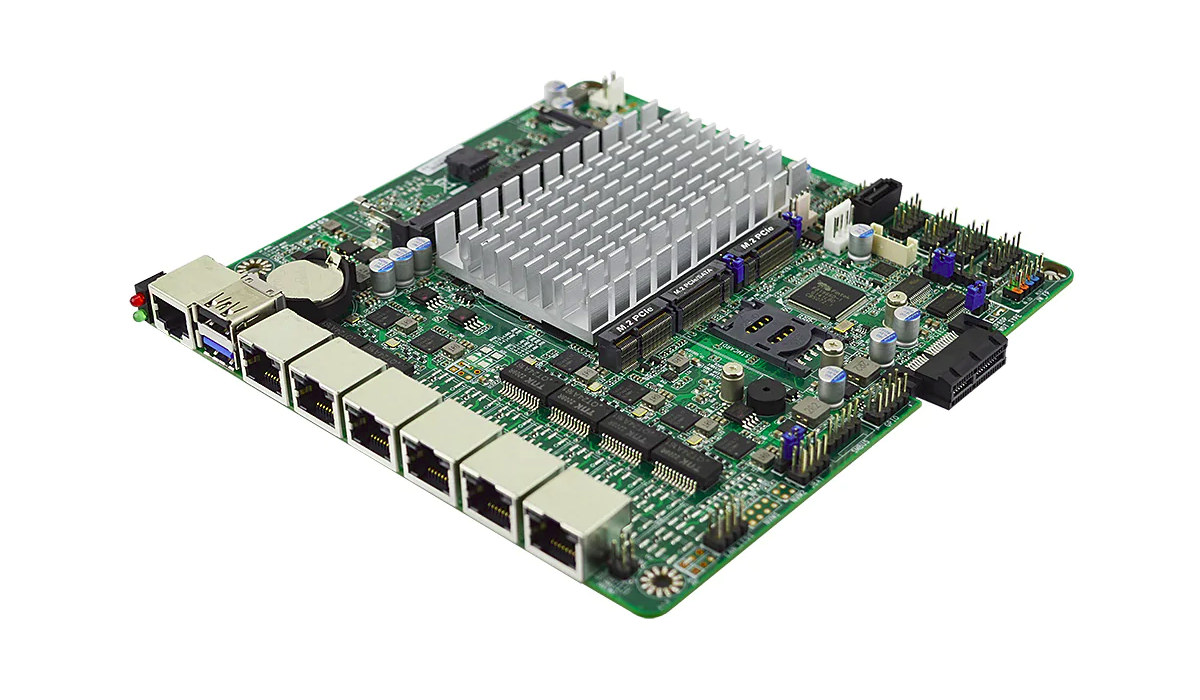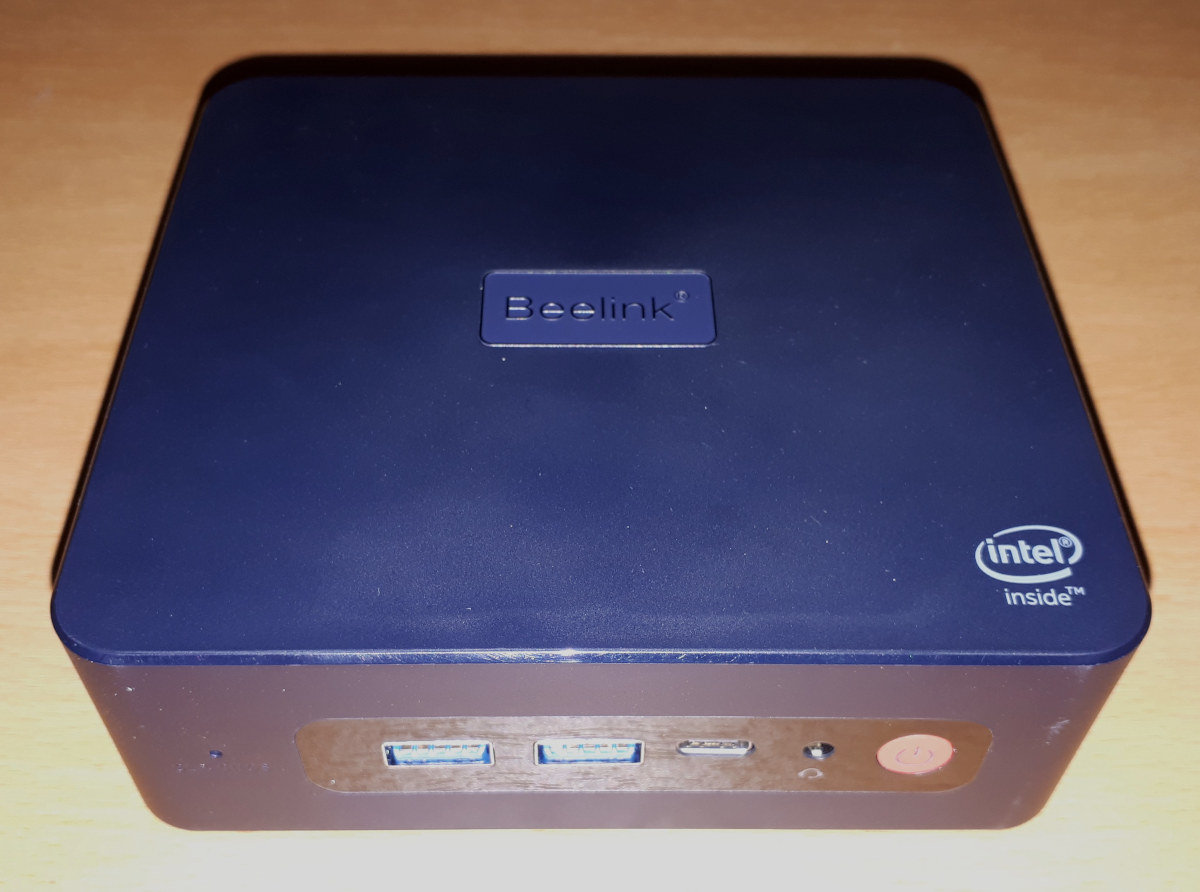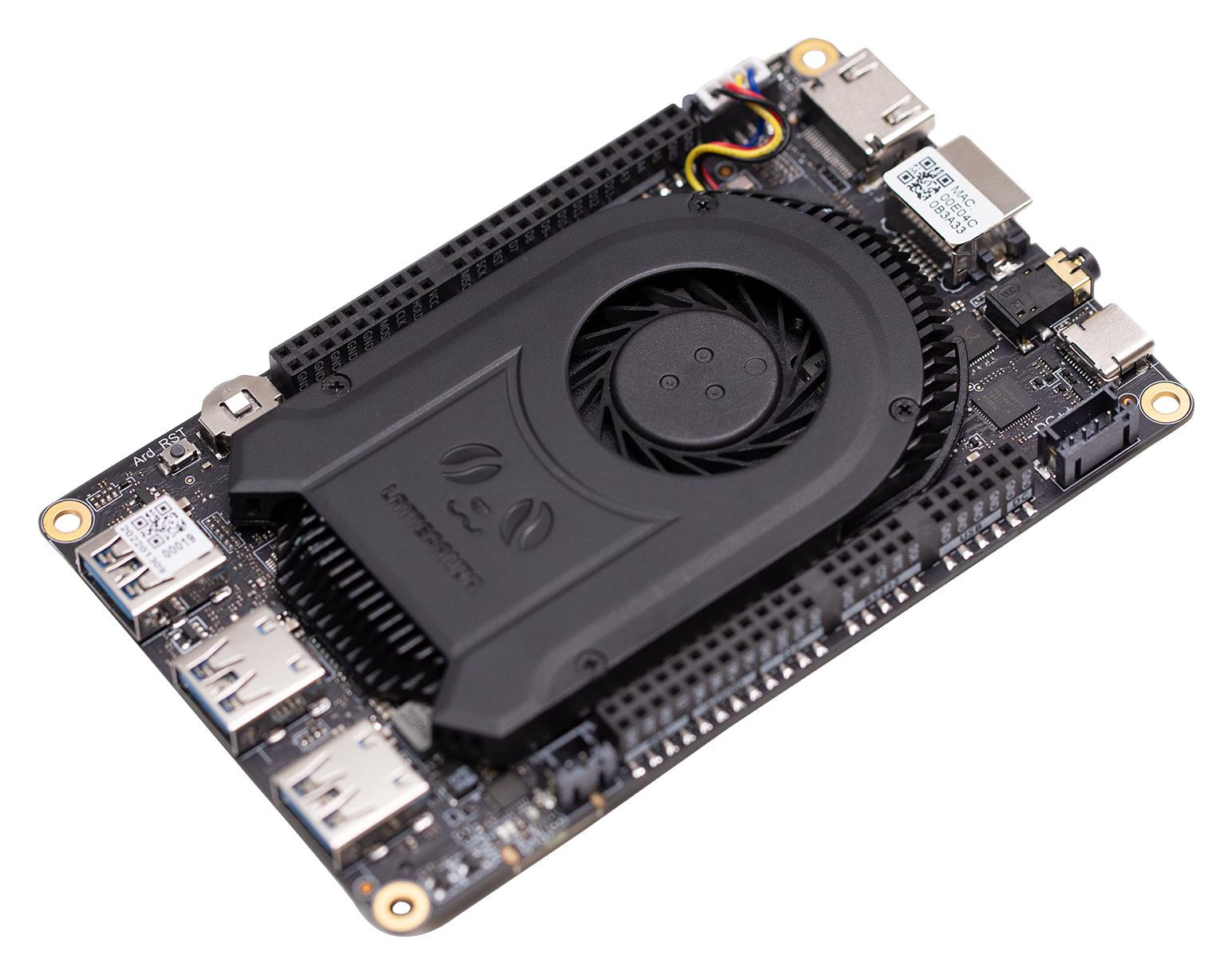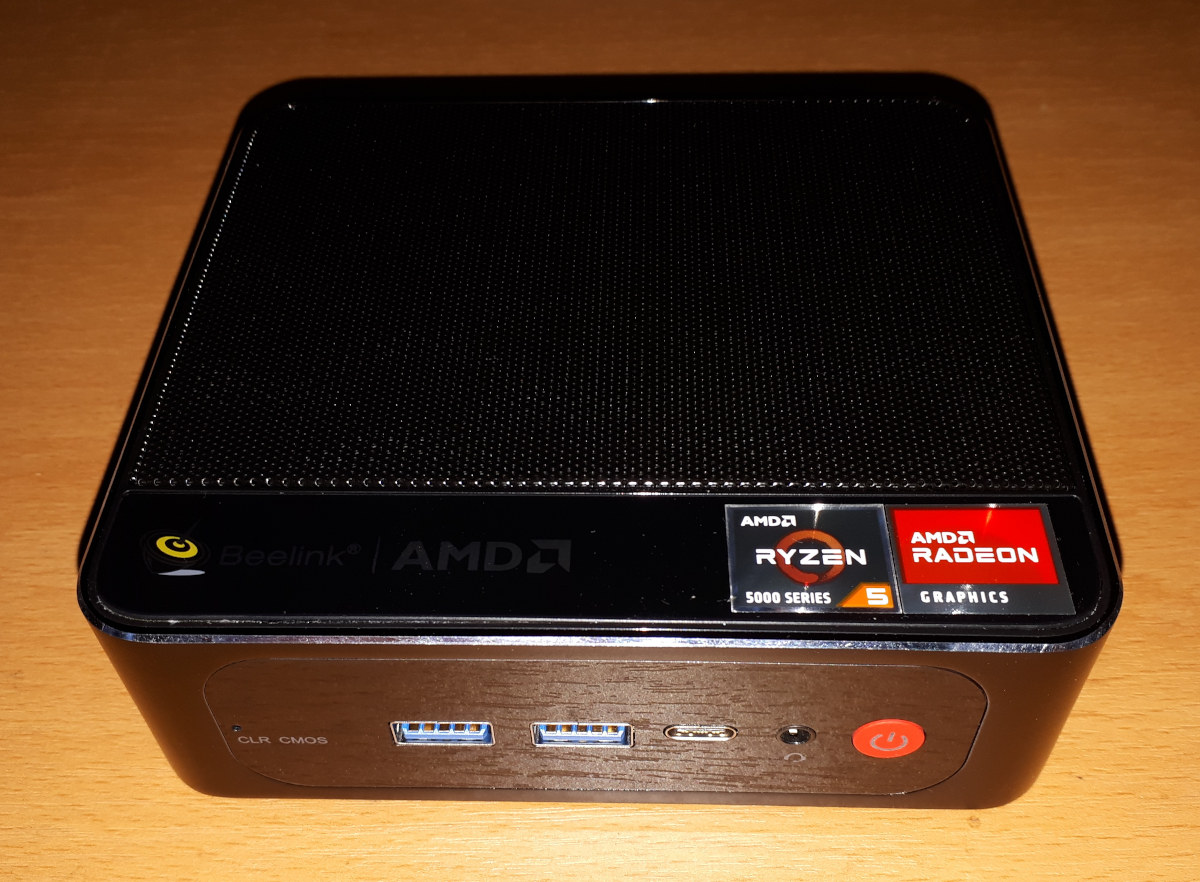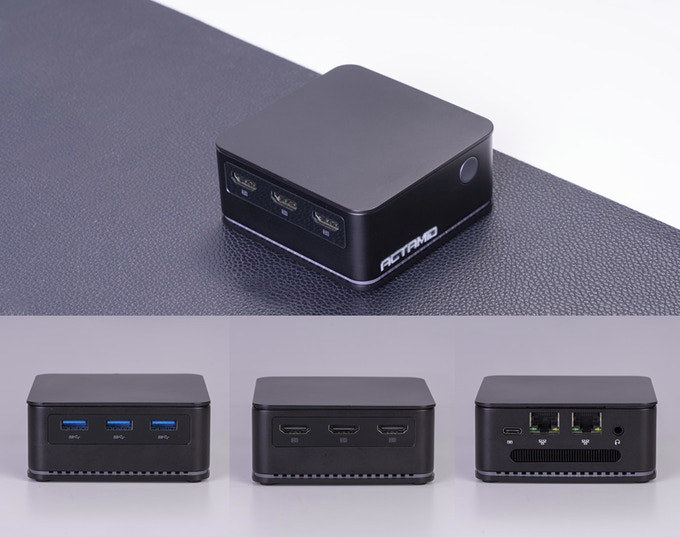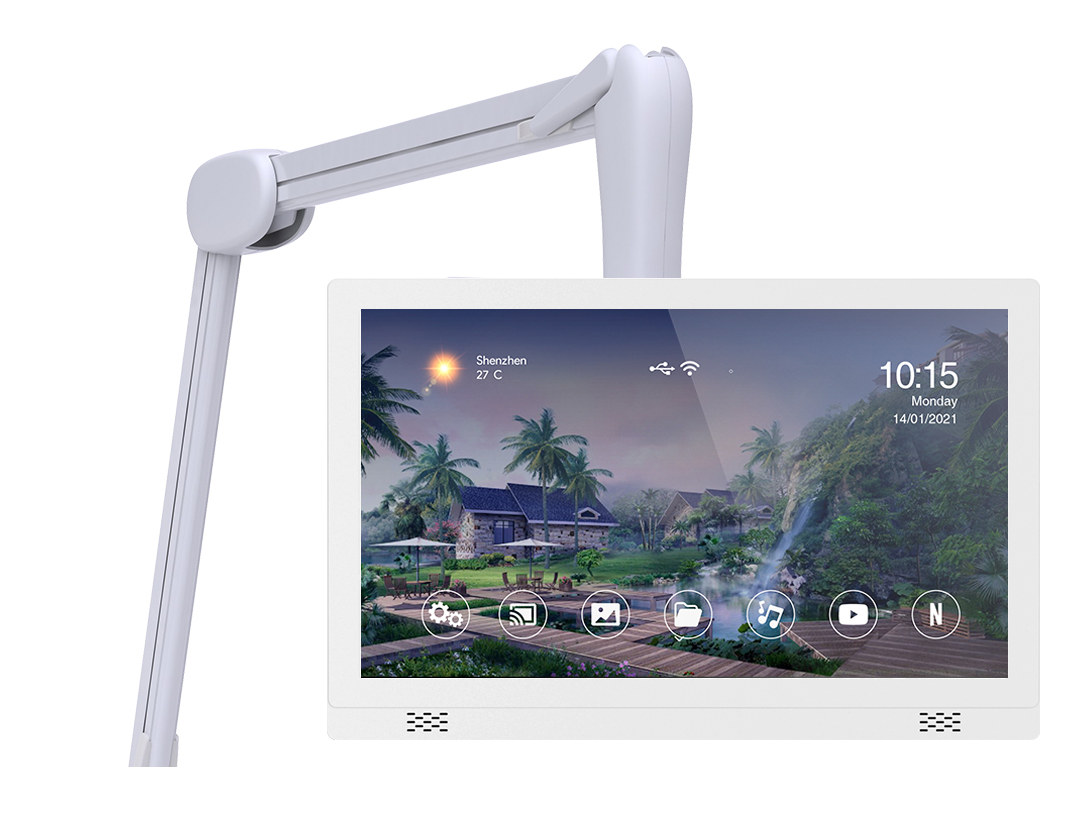Canonical has been working on RISC-V support for Ubuntu for a while and released Ubuntu 20.04/21.04 64-bit RISC-V images for QEMU and HiFive boards last year. Now the company has released an Ubuntu 22.04.1 Server image for the StarFive VisionFive V1 RISC-V single board computer. While that’s a good development, The VisionFive V1, and other RISC-V platforms, are nowhere close to being Ubuntu-certified hardware, and Canonical posted a note reading “It is an early RISC-V developer access through Ubuntu 22.04.1.” The VisionFive V1 SBC is a pretty good platform for development with a StarFive JH7100 dual-core RISC-V processor, 8GB RAM, Gigabit Ethernet and WiFi connectivity, HDMI output, and four USB 3.0 ports, plus GPIOS headers, and MIPI CSI and DSI connectors. It offers a good middle ground between the high-end (and relatively expensive) HiFive Unmatched mini-ITX motherboard and the low-end Allwinner Nezha single board computer both of which can also […]
NVIDIA Jetpack 5.0.2 release supports Ubuntu 20.04, Jetson AGX Orin
The NVIDIA Jetpack 5.0.2 production release is out with Ubuntu 20.04, the Jetson Linux 35.1 BSP 1 with Linux Kernel 5.10, an UEFI-based bootloader, support for Jetson AGX Orin module and developer kit, as new as updated packages such as CUDA 11.4, TensorRT 8.4.1, cuDNN 8.4.1. NVIDIA Jetson modules and developer kits are nice little pieces of hardware for AI workloads, but the associated NVIDIA Jetpack SDK was based on the older Ubuntu 18.04 which was not suitable for some projects. But the good news is that Ubuntu 20.04 was being worked on and initially available through the Jetpack 5.0.0/5.0.1 developer previews, and NVIDIA Jetpack 5.0.2 SDK is the first production release with support for Ubuntu 20.04. Besides the upgrade to Ubuntu 20.04, the Jetpack 5.0.2 SDK also adds support for both the Jetson AGX Orin Developer Kit and the newly-available Jetson AGX Orin 32 GB production module. It still […]
Thin Mini-ITX networking board features six 2.5GbE ports, Celeron J6412 Elkhart Lake SoC
Powered by an Intel Celeron J6412 quad-core Elkhart Lake processor, the Jetway MI05-0XK thin mini-ITX networking board is equipped with six 2.5GbE ports, up to 16GB RAM via a single SO-DIMM socket, as well as M.2 sockets for storage, WiFi and/or cellular connectivity, some serial ports, and an optional HDMI port for video output. Four variants are offered: the standard MI05-00K model without eMMC flash nor TPM, the MI05-02K with a TPM 2.0 chip, the MI05-03K with a 32GB eMMC flash, and finally the MI05-07K with both the TPM 2.0 security chip and 32GB eMMC flash. Jetway MI05-0XK specifications: SoC – Intel Celeron J6412 quad-core Elkhart Lake processor @ 2.0 GHz / 2.6GHz (Burst frequency) with 1.5MB cache, 16 EU Intel UHD Graphics; 10W TDP System Memory – Up to 16GB DDR4-3200 via SO-DIMM socket Storage 1x SATA III (6 Gb/s) port 1x M.2 M-key 2242 SATA/PCIe Gen.3 x2 interface […]
Beelink U59 Pro review – A Jasper Lake mini PC with faster GPU performance
Beelink’s newly launched U59 Pro addresses the weak graphical performance offered by the original Beelink U59, which we also noticed in the Beelink MINI S, and was a direct result of the iGPU limitations. By simply upgrading the CPU from a ‘desktop’ to ‘mobile’ Celeron processor the iGPU received a fifty percent boost in execution units. Beelink kindly sent one for review and I’ve looked at performance running both Windows and Ubuntu. Beelink U59 Pro Hardware Overview The Beelink U59 Pro physically consists of a 124 x 113 x 42mm (4.88 x 4.45 x 1.65 inches) square plastic case. As before it is an actively cooled mini PC but now uses Intel’s 10 nm Jasper Lake N5105 processor which is the same quad-core 4-thread 2.00 GHz Celeron processor boosting to 2.90 GHz but with improved Intel’s UHD Graphics as the ‘Graphics Burst Frequency’ increases from 750 MHz to 800 MHz […]
LattePanda 3 Delta SBC combines Jasper Lake processor and Arduino compatible microcontroller
The LattePanda 3 Delta single board computer with an Intel Celeron N5105 Jasper Lake processor and an Arduino ATmega32U4 Leonardo compatible MCU that initially launched through a Kickstarter campaign in November 2021. The team behind the board has now announced the global availability of the Intel + Arduino SBC on DFRobot starting at $279 plus shipping, which we can compare to the $229 pledge asked during the crowdfunding campaign for reference. LattePanda 3 Delta 864 specifications remain the same also with a few extra details: SoC – Intel Celeron N5105 quad-core Jasper Lake processor @ 2.0GHz / 2.9GHz (Turbo) with Intel UHD graphics 605 @ 450 to 800 MHz; 10W TDP System Memory – 8GB LPDDR4 @ 2933 MHz Storage 64GB eMMC 5.1 flash Support for M.2 NVMe or SATA SSD (See Expansion section) MicroSD card socket MCU – Microchip ATmega32U4-MU 8-bit AVR Arduino Leonardo compatible microcontroller Video Output HDMI […]
Beelink SER5 Review – An AMD Ryzen 5 5600H mini PC tested with Windows 11, Ubuntu 22.04
New to arrive in the Beelink SER lineup is the SER5 marketed as a ‘SER PRO’ and features one of last year’s AMD Ryzen 5000 H-series processors typically used in high-performance productivity and gaming laptops. Beelink kindly sent one for review and I’ve looked at performance running both Windows 11 and Ubuntu 22.04. Beelink SER5 Hardware Overview The Beelink SER5 physically consists of a 126 x 113 x 42mm (4.96 x 4.45 x 1.65 inches) square metal case. As an actively cooled mini PC, it uses AMD’s 7 nm Zen 3 Ryzen 5 5600H Cezanne processor which is a six-core 12-thread 3.3 GHz mobile processor boosting to 4.2 GHz with Radeon Graphics. The front panel has an illuminated power button, a 3.5mm headphone jack, a Type-C USB 3.1 port with Alternate Mode, dual USB 3.1 ports, and a reset pin-hole ‘CLR CMOS’. The rear panel includes a gigabit Ethernet port, […]
ACTAMID M8S – An Intel Pentium N6005 palm-sized PC with dual Gigabit Ethernet, 3x HDMI ports (Crowdfunding)
ACTAMID M8S is a palm-sized 3.4-inch mini PC powered by an Intel Pentium N6005 Jasper Lake processor with up to 16GB LPDDR4 memory, 1TB M.2 2242 SSD. The M8S is bigger than the recently announced 2.7-inch PIX NII mini PC based on the same processor, but that’s for a good reason since it offers more ports with three HDMI outputs, dual Gigabit Ethernet, and three USB 3.0 ports. The mini PC also features WiFi 6 and Bluetooth 5.2 wireless connectivity, a quiet fan, and a 7-color LED backlight for good effects… Win Element Technology Co., Ltd, the Hong Kong company owning the ACTAMID brand, says the mini PC ships preinstalled with an activated version of Windows 11, but also supports Linux distributions such as Ubuntu 20.04. ACTAMID M8S specifications: SoC – Intel Pentium N6005 quad-core processor @ 2.0GHz / 3.3GHz (Turbo) with Intel UHD graphics @ up to 900 MHz; […]
23.8-inch touch screen system with EDLA GMS for sports, healthcare, education, advertising, and home appliances (Sponsored)
DataMax DP03F touch screen system comes with a 23.8-inch Full HD touchscreen display with anti-bacterial plastics and healthcare-certified components and runs Android 11 on an hexa-core Arm processor, either Rockchip RK3399 Arm Cortex-A72/A53 SoC or Amlogic A311D Arm Cortex-A73/A53 processor. This type of touch screen system can be used as a medical bedside terminal, digital signage, conference terminal, treadmill terminal, smart PoS, industrial panel PC, robots, and more. It would typically be mounted on the device itself, or in the case of hospital settings a VESA-compatible flexible arm to provide the patient with easy access to entertainment and education, while doctors, nurses, or the patient him/herself can check out clinical records and vital signs. DataMax DP03F specifications: SoC (one or the other) Rockchip RK3399 hexa-core processor with 2x Cortex-A72 cores @ up to 1.8 GHz, 4x Cortex-A53 cores @ up to 1.4 GHz with Mali-T860 GPU Amlogic A311D hexa-core processor […]


